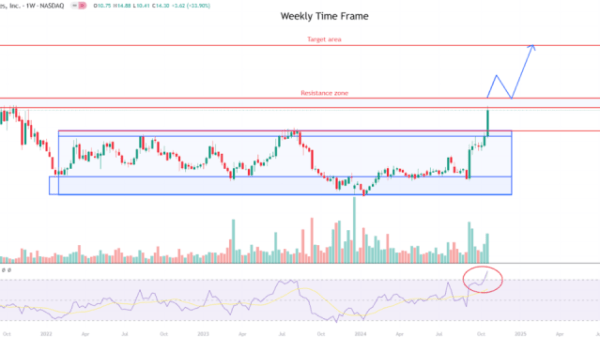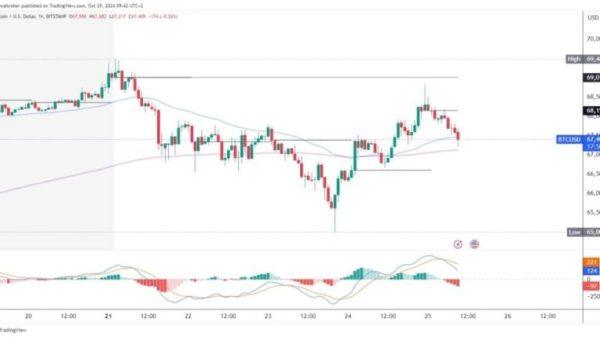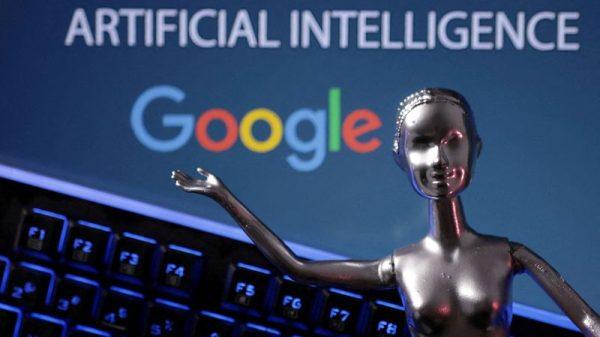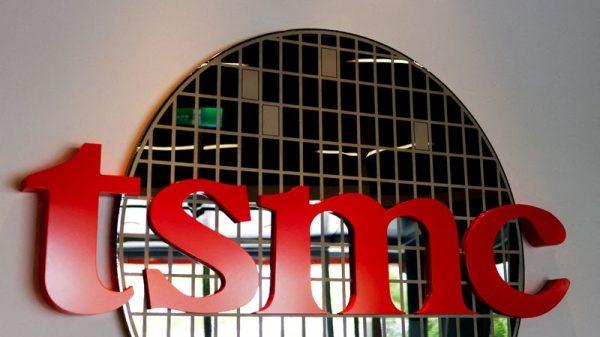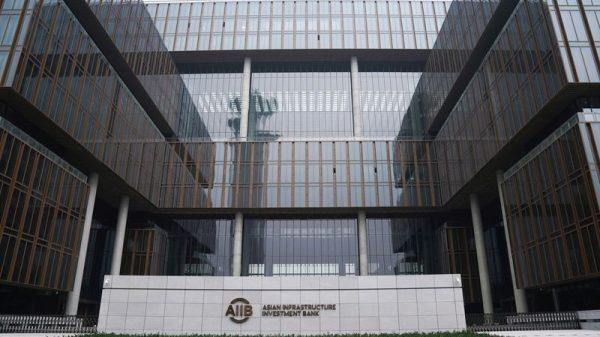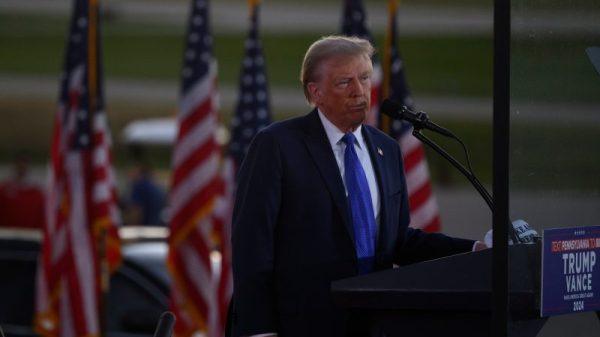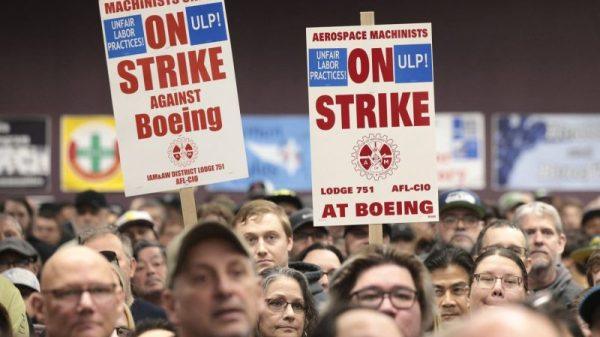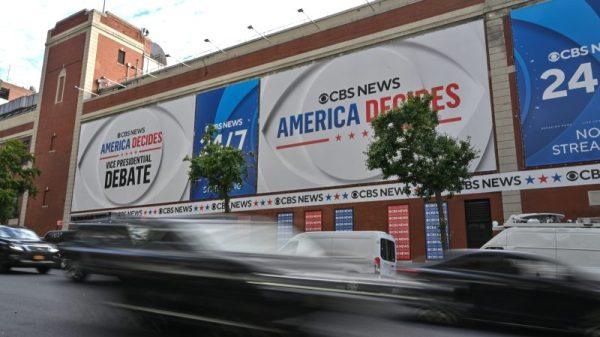Investing.com — Here are the biggest analyst moves in the area of artificial intelligence (AI) for this week.
InvestingPro subscribers always get first dibs on market-moving AI analyst comments. Upgrade today!
Microsoft downgraded at Oppenheimer
Oppenheimer analysts downgraded Microsoft (NASDAQ:MSFT) stock from Outperform to Perform on Tuesday, citing concerns about elevated consensus expectations for both revenue and earnings.
A key issue raised by the firm’s analysts is potential losses stemming from Microsoft’s AI partner, OpenAI, which is expected to post a loss of around $5 billion this year. With Microsoft holding a 49% stake, the company could face significant financial impact as a result.
The downgrade also highlighted slower-than-expected enterprise adoption of AI technologies, which could lead to lower-than-anticipated revenue from AI-related services.
In addition, Oppenheimer pointed to rising capital expenditures (CapEx), particularly in high-performance computing, such as GPUs and data centers. The firm estimates that Microsoft’s CapEx will hit $63 billion by 2025, a 14% year-over-year increase and double what it spent in 2023. Depreciation is also expected to rise by 28%, reaching $29 billion.
The analysts mentioned that the Federal Reserve’s 50 basis point interest rate cut in September, will likely have a modest effect on Microsoft’s net interest income from its $76 billion cash reserve.
Oppenheimer also expressed concerns over Microsoft’s gross and EBITDA margins, which are expected to decline due to rising depreciation and operational costs linked to AI investments.
“This will translate into 3% EPS growth in 1Q25 and we expect weakish guidance for 2025. We also think the Street estimates for EPS growth are ~200bps too high in FY26 and FY27,” analysts said in a note.
Further risks include potential bottlenecks in data center capacity to meet anticipated GPU shipments and growing competition in the AI space, with other companies narrowing the gap on Microsoft.
Microsoft’s stock currently trades in the middle of its five-year price-to-earnings range of 25x-35x, though Oppenheimer suggests it could drift toward the lower end of that spectrum.
Goldman hikes Nvidia price target after meeting with leadership
Goldman Sachs raised its price target for Nvidia (NASDAQ:NVDA) to $150 from $135 on Friday, reflecting an 11% potential upside.
Following a recent investor meeting with Nvidia’s CEO Jensen Huang, CFO Colette Kress, and IR representative Stewart Stecker, Goldman Sachs analysts expressed stronger confidence in Nvidia’s competitive positioning, particularly as inference workloads become more complex.
“We came away from the NDR with a better appreciation of the company’s competitive moat and, importantly, the projected increase in Inference workload complexity as well as its implications for future compute demand,” the bank noted.
Goldman Sachs highlighted several factors underpinning Nvidia’s competitive advantage, including its large installed base, innovation at both the chip and data center levels, and its expanding software offerings.
The report specifically mentioned domain-specific libraries like Nvidia Parabricks, used for genomics analysis, and Nvidia AI Aerial, which supports cloud-native 5G networks.
The firm also raised its revenue and non-GAAP EPS estimates for FY2026/27 by 7% and 8%, respectively. This adjustment reflects higher cloud capex, strong AI server orders, and an improved outlook for chip-on-wafer-on-substrate (CoWoS) at TSMC.
Wells Fargo cuts Amazon rating, price target
Wells Fargo cut Amazon’s (NASDAQ:AMZN) stock rating to Equal Weight from Overweight earlier in the week, pointing out several challenges that could halt the company’s positive earnings revision momentum.
The bank also reduced its price target for Amazon to $183 from $225.
Although Amazon Web Services (AWS) remains a strong performer, Wells Fargo stated it is “not enough” to drive upward estimate revisions in the near term.
Key concerns include Amazon’s investments in Project Kuiper, pressure from Fulfillment by Amazon (FBA) fees, and slowing growth from its advertising business.
The firm also warned that “margin expansion could be capped in 1H25 as well” and suggested that positive revisions may not return until Amazon issues guidance in July 2025.
“While the market is more prepared for pressure on 4Q OI, we caution that margin expansion could be capped in 1H25 as well. As such, we move to Equal Weight until visibility into margin expansion resumes,” Wells Fargo’s team wrote.
Moreover, Wells Fargo cut its operating income (OI) estimates for Amazon by $5.4 billion, $4.5 billion, and $5.5 billion for 2025, 2026, and 2027, respectively, attributing the reductions to slower monetization of its merchant services and advertising businesses.
“Amazon remains a margin expansion story,” according to the bank, but it noted that the rate of this expansion will likely be slower than what the market currently anticipates.
The note also highlighted rising competition from Walmart (NYSE:WMT), which has priced its fulfillment services 15% lower than Amazon’s FBA, adding pressure to Amazon’s market share.
Morgan Stanley disappointed with Robotaxi event
Morgan Stanley analysts voiced disappointment following Tesla’s much-anticipated “We, Robot” event this week, citing a lack of key information about Full Self-Driving (FSD) technology, ride-sharing economics, and a clear go-to-market strategy for autonomous vehicles.
Tesla Inc (NASDAQ:TSLA) shares dropped nearly 9% Friday, as several analysts pointed to the absence of detailed updates during the event.
Tesla did reveal its upcoming “Cybercab,” but Morgan Stanley remarked that the presentation lacked meaningful new insights. “We were overall disappointed with the substance and detail of the presentation,” analysts said in a note.
Ahead of the event, Morgan Stanley had anticipated significant updates on Tesla’s FSD technology, such as measurable improvements in miles driven without disengagements, but these specifics were not provided.
The Wall Street firm also expected details on the strategy behind the company’s supervised and unsupervised ride-sharing services, including economic analysis and estimates for the total addressable market (TAM).
“We had expected at least some incremental information around the ‘rate of change’ of the FSD system,” it explained.
Furthermore, the event did not provide any meaningful discussion on Tesla’s collaboration with xAI or updates on Tesla’s “Master Plan 4,” leaving Morgan Stanley analysts to conclude that the event failed to significantly move forward Tesla’s narrative as an AI-focused company.
Geopolitical tensions could ‘prick the AI bubble’
Capital Economics warned in a Friday note that escalating trade disputes between the US and China, or a sharp rise in tensions between China and Taiwan, represent significant geopolitical risks that could “prick the AI bubble.”
While tech stocks have seen strong performance this year, the firm cautioned that the rally could stall as geopolitical risks intensify, especially with the US presidential election approaching.
A central concern is Taiwan’s critical role in the AI supply chain. Taiwanese companies control around 90% of the market for advanced chips and AI servers, key drivers of the AI capital expenditure boom among major tech firms.
According to Capital Economics, any disruption in this supply chain due to geopolitical conflict could have severe consequences.
“China could restrict the flow of highly advanced semiconductor chips and AI servers from Taiwan to the US, thereby breaking the ‘AI supply chain,’” the firm emphasized in a note.
On the US-China trade front, the report points to potential risks of heightened tensions after the 2024 US presidential election.
If Donald Trump returns to office, strategists anticipate “a significant increase in tariffs on Chinese goods” and a broader shift away from free trade, which would raise costs for tech companies. Even under a Harris administration, which is expected to maintain current export controls, there is still considerable risk to the tech sector.

